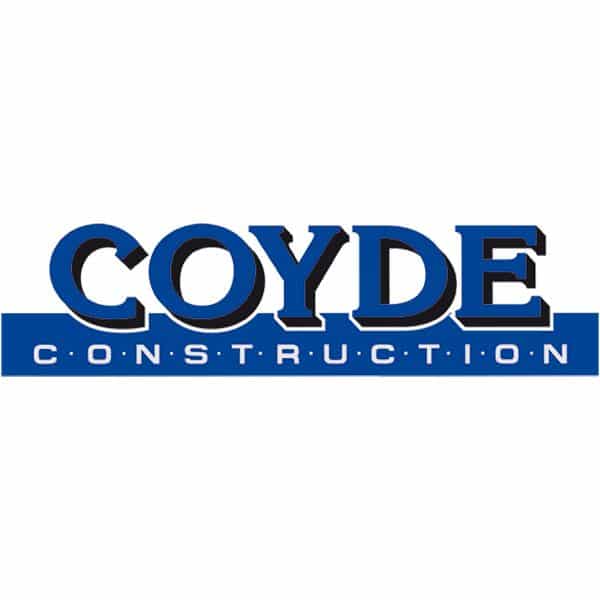How often do you need to be trimming a conifer hedge?
Not all conifer hedges grow at the same rate so the answer to this question will depend on the type of conifer hedge you own. Also, some people prefer to trim more regularly than others because they want to keep their hedge looking immaculate throughout the year.
Leylandii conifer hedges are among the fastest growing and many people choose to trim theirs every eight weeks or so during the growing season. If that sounds like too much work, you may prefer a slower growing conifer hedge such as English Yew (Taxus baccata) or Western Red Cedar (Thuja plicata).
Whatever type of conifer hedge you have on your land, we recommend you trim it annually at least. If you can trim it more frequently, even better. You can be sure of a very neat hedge you will be proud of.
Without regular attention, it is easy to forget about your conifer hedge until it starts restricting access, blocking out light or causing arguments by spoiling your neighbour’s precious sea view.
Rather than waiting until your conifer hedge becomes an unsightly mess (or the target of local gossip), requiring drastic, expensive treatment, we recommend you put a simple annual ‘trimming conifer hedge’ reminder in your diary.
Perfect tools for a conifer hedge
For most mature conifer hedges, you will need a powered hedgetrimmer (battery, mains or petrol). You will also need to wear safety equipment, including sturdy boots, strong gloves and safety goggles. Conifer needles have a habit of getting into the eyes, causing them to sting.
For larger hedges, a ladder or even a platform may be required. Always prioritise your safety and those around you by keeping equipment out of the reach of children and animals, following the advice in the safety manuals and taking common sense precautions. For example, always tell someone what you are doing and ensure ladders are securely positioned.
Some lengths of bamboo and gardening string can be useful for keeping your hedge level, as described below. Laying down canvas or decorators’ sheets to catch hedge trimmings will help you to keep the site clean.
Advice and techniques for a conifer
One of the most important pieces of advice about trimming conifer hedge plants is to avoid pruning into the previous year’s growth. Most conifer varieties, including Leylandii, will only regrow from the current season’s growth so if you prune too deeply, you will end up with a brown, dead hedge.
Another vital pice of information regards birds nests. It is against the law to disturb an active nest (i.e, a nest that is being built or contains eggs or young). The maximum penalty is an unlimited fine and/or up to six months in prison so you must take care when trimming.
When you first trim your hedge, you should only need to take off any extra long shoots. If your hedge is looking sparse, cut the tips back to encourage denser regrowth.
For large, established hedges, it can help to drive bamboo canes vertically through the hedge along one side to the desired height. You can then tie gardening string between the canes and use this as a cutting guide. Be sure to check regularly that the string is taut.
There are many different ways to trim a hedge and it is largely a matter of preference. For example, some people tackle the top and sides of the hedge first and then trim the lower shoots on each end when their arms are getting tired.
For a fine cut, overlap your passes. This will often catch shoots you missed the first time and will lead to a more even finish.
Do you want a simple and affordable way to keep your conifer hedge from becoming overgrown? Visit our dedicated Hedge Trimming page and contact us to arrange a site visit. We also offer conifer hedge shaping and removal services.























